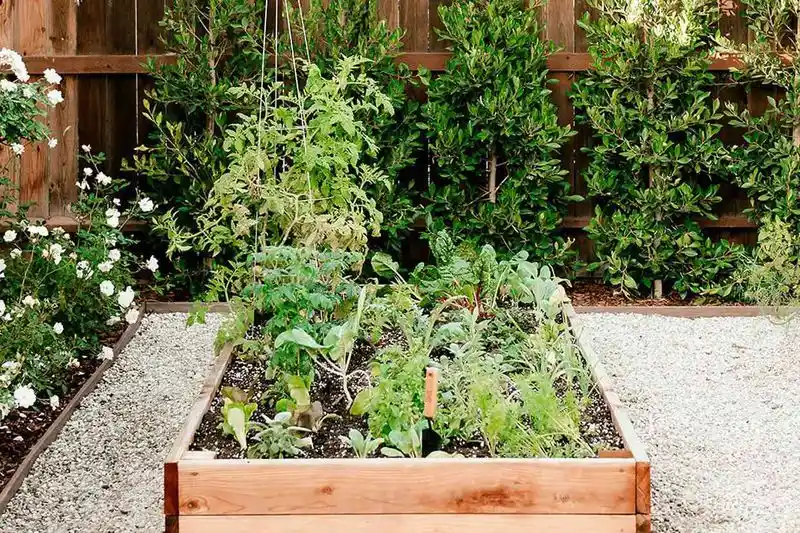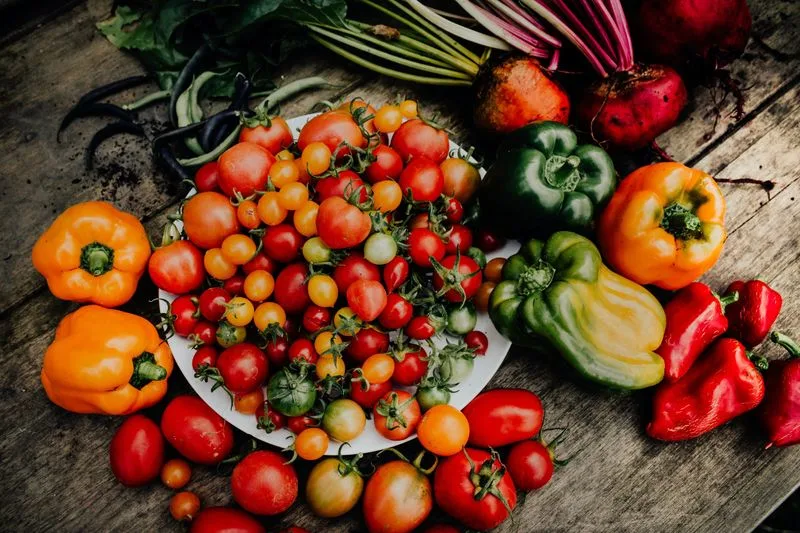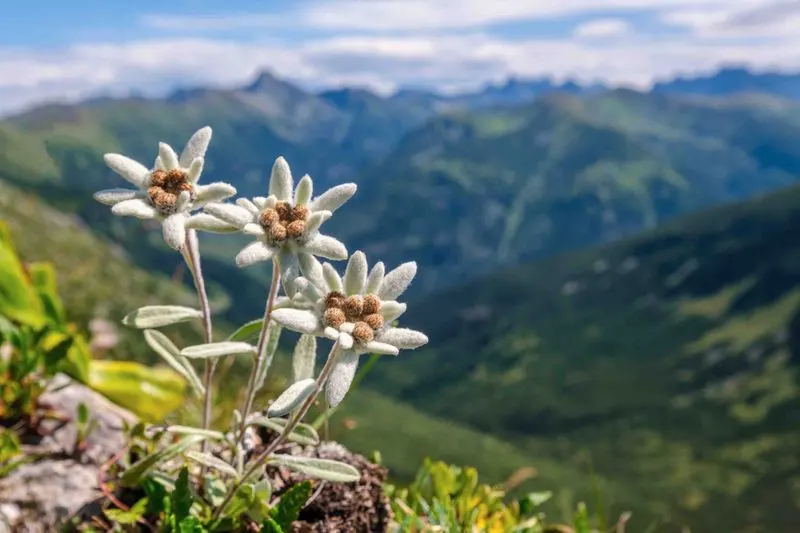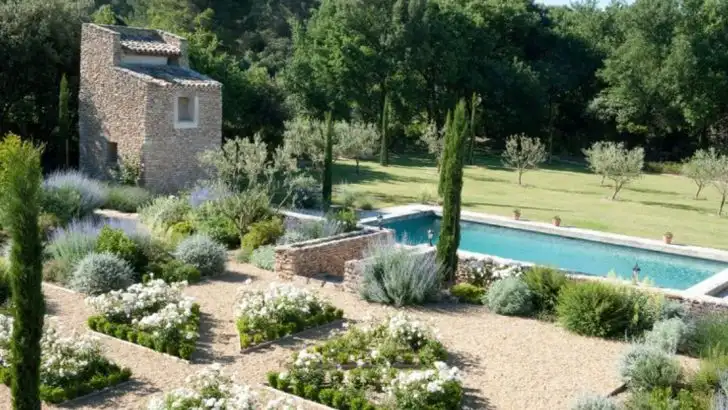Fifteen degrees can make or break your garden. We’re not talking scorching deserts versus frozen tundras. Just a small nudge on the thermometer—barely noticeable on your skin—can mean the difference between lush blooms and lifeless stems. Tomatoes that thrive in one yard sulk in another just a mile away. Your neighbor’s peonies explode with color while yours sulk and rot. Why? Because their microclimate is flirting with the edge of paradise… and yours is playing hard to get. This isn’t guesswork. It’s the hidden science of gardening that no one warned you about—and once you see it, you can’t unsee it.
Frost-Tolerant Plants

Frost-tolerant plants, like kale and pansies, bravely face the biting cold.
Their robust nature allows them to thrive when temperatures drop, often becoming the saviors of winter gardens. These plants harness the cold, transforming challenges into opportunities for growth.
In colder zones, gardeners rely heavily on frost-tolerant varieties to maintain vibrant landscapes. Their ability to survive frost makes them invaluable, proving that even in the harshest climates, beauty can flourish. Planting these stalwart companions ensures color and life continue even through the chilliest months.
Tropical Flora

In tropical climates, warmth is a constant companion.
Here, plants like banana trees and orchids bask in the heat, thriving in the balmy environment. Tropical flora embraces the high humidity, relying on it for lush, rapid growth.
Such gardens burst with vibrancy, showcasing nature’s palette at its fullest. The lush greenery found in these regions is a testament to the power of consistent warmth. For those living in warmer climates, tropical plants offer a taste of paradise, creating a garden oasis rich in diversity and color.
Desert Dwellers

In the arid desert, resilience takes center stage.
Plants like succulents and cacti have adapted to harsh conditions, storing water in their fleshy leaves to survive prolonged droughts. These desert dwellers are masters of conservation, proving that life can flourish even under the sun’s relentless glare.
Their unique adaptations make them fascinating subjects for any garden enthusiast. By understanding their needs, gardeners can create stunning xeriscapes, turning their gardens into a testament to nature’s ingenuity in adaptation.
Cool-Season Crops

Cool-season crops, such as lettuce and spinach, relish cooler temperatures.
These plants are typically planted in early spring or fall, when the climate is mild. They flourish without the intense heat, offering gardeners a bountiful harvest in off-peak seasons.
Their ability to grow in cooler conditions allows gardeners to extend their growing season, ensuring a continuous supply of fresh produce. Embracing cool-season crops can transform a garden into a year-round source of nourishment and delight.
Heat-Loving Vegetables

Heat-loving vegetables, like tomatoes and peppers, thrive in the sizzling summer sun.
These plants revel in warmth, absorbing the sun’s energy to produce bountiful, flavorful harvests. For gardeners in warmer regions, these vegetables are staples, providing fresh, homegrown produce.
The vibrant colors and robust flavors of heat-loving vegetables make them garden favorites. By understanding their temperature preferences, gardeners can maximize their yield, turning their gardens into a summer spectacle of taste and color.
Mediterranean Marvels

Mediterranean plants, like olive trees and lavender, thrive in regions with hot, dry summers and mild, wet winters.
These plants are well-suited to climates where temperatures swing between extremes, requiring minimal water once established.
Their resilience and beauty make them ideal for drought-prone areas. Gardeners who embrace Mediterranean flora can create stunning landscapes that capture the essence of sun-soaked regions. These gardens offer a touch of exotic charm, evoking the spirit of coastal cliffs and fragrant fields.
Alpine Gardens

Alpine gardens are a celebration of high-altitude wonders.
Plants like edelweiss and alpine daisies are adapted to cold, rugged environments, thriving where few others can. These hardy species endure freezing temperatures and short growing seasons.
Creating an alpine garden brings a slice of mountain majesty to any landscape. For those fascinated by extreme gardening, these plants offer a unique opportunity to explore nature’s tenacity. By mimicking alpine conditions, gardeners can cultivate a miniature mountaintop retreat.

